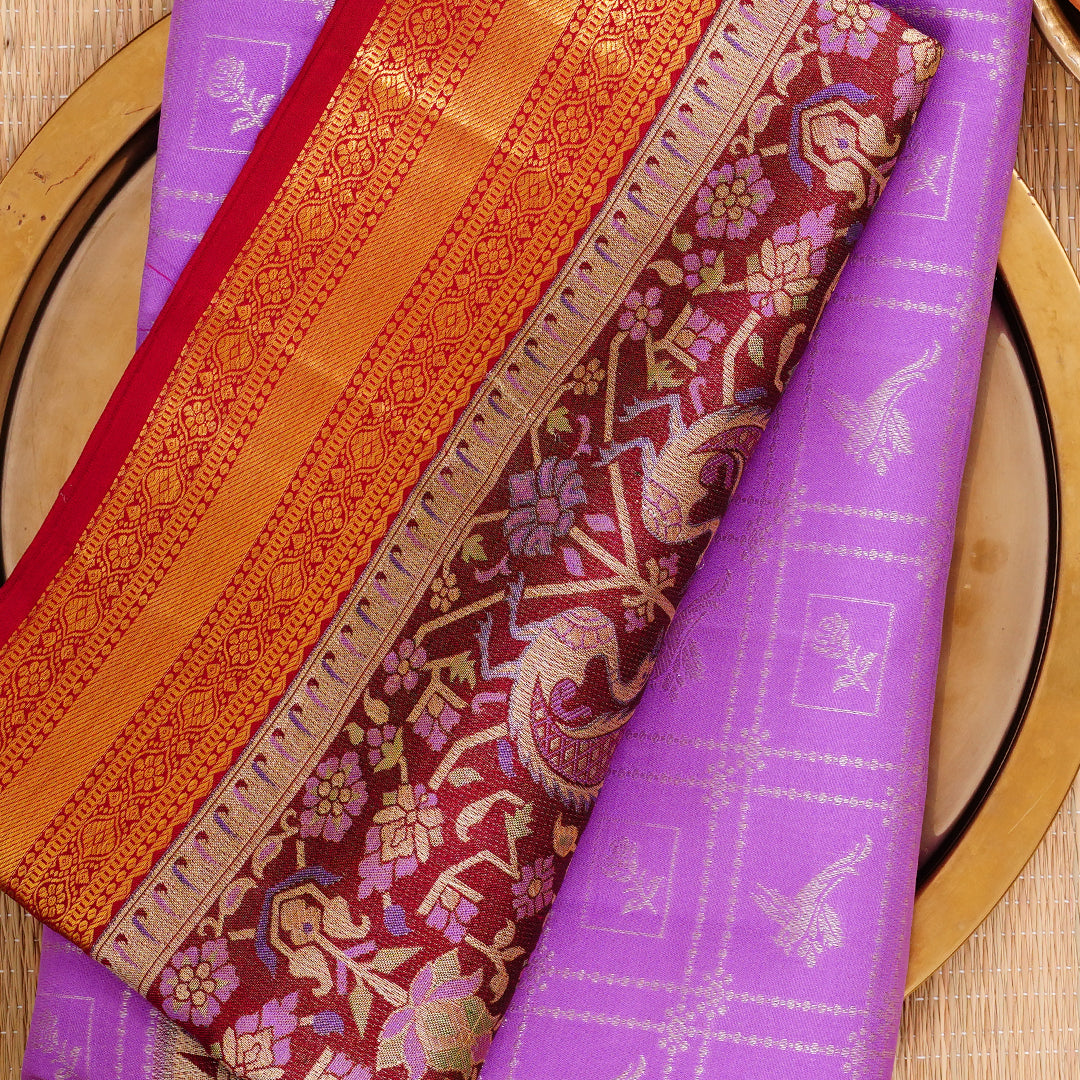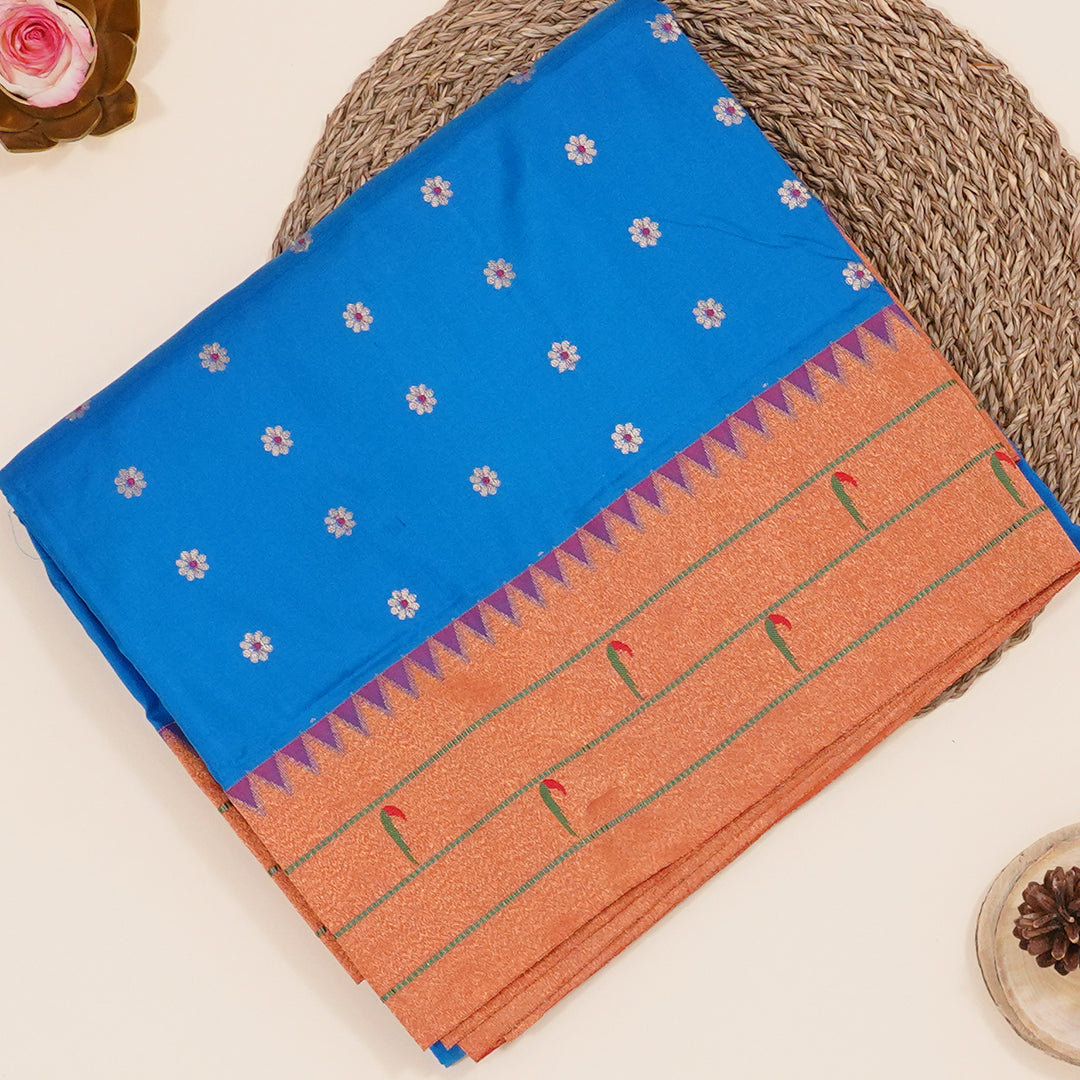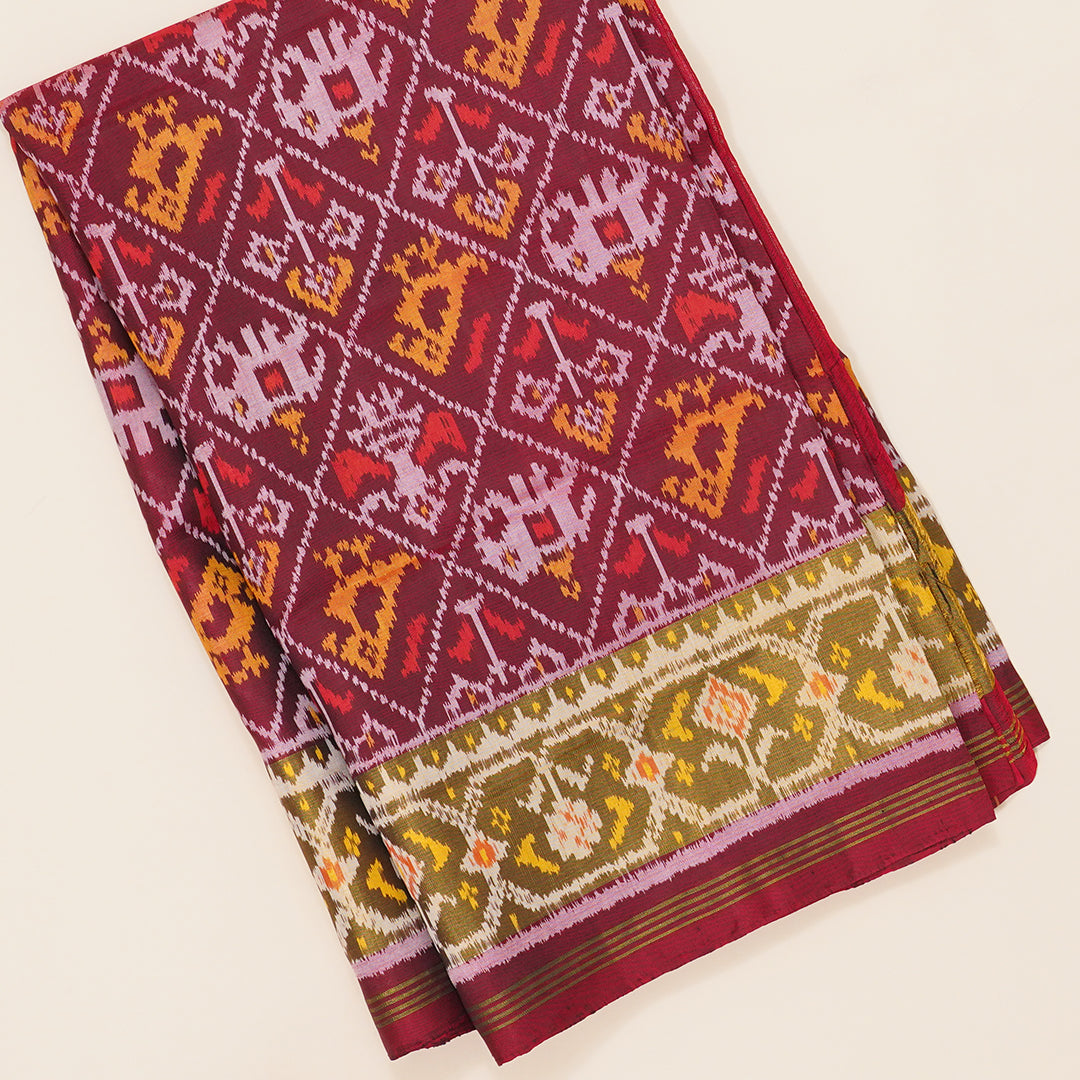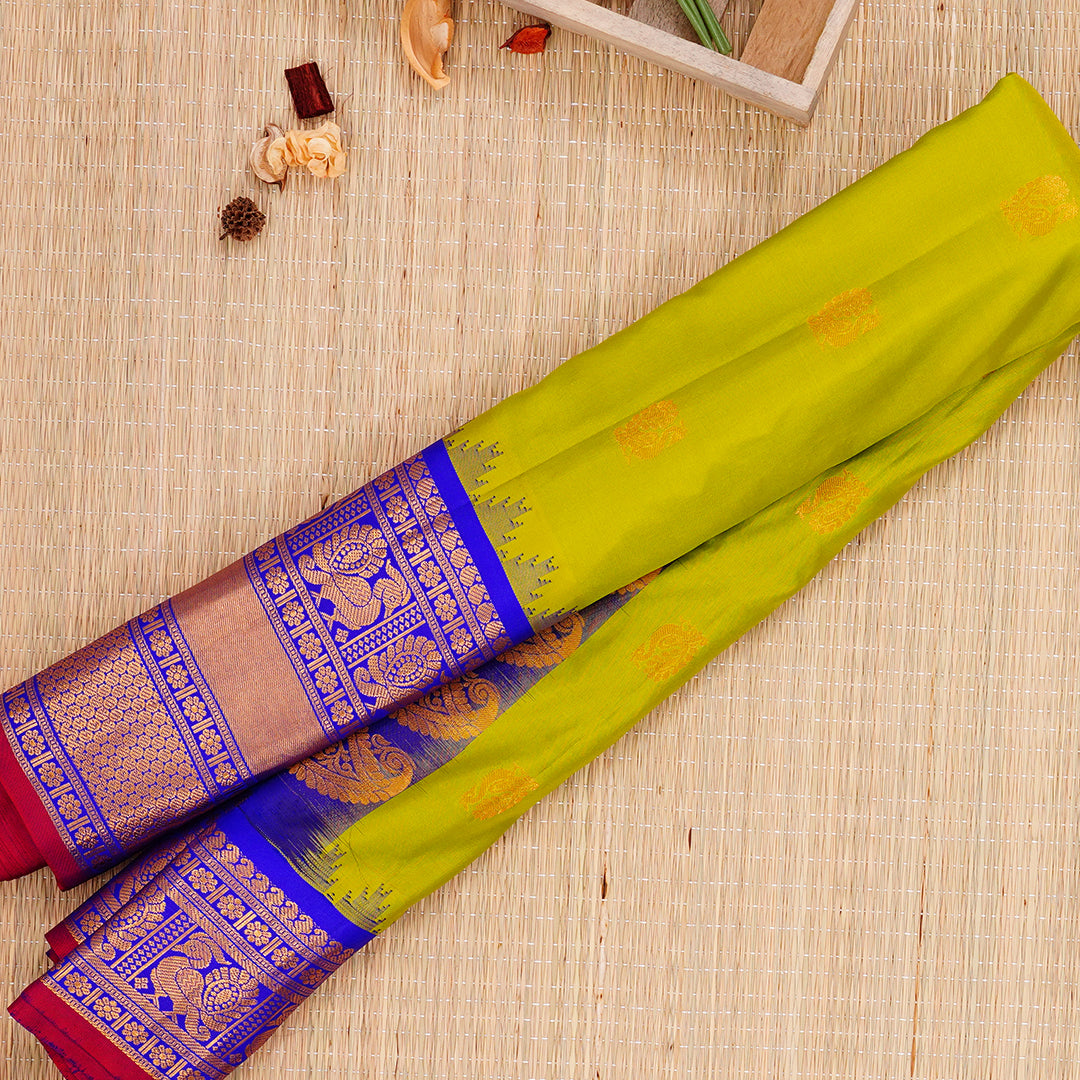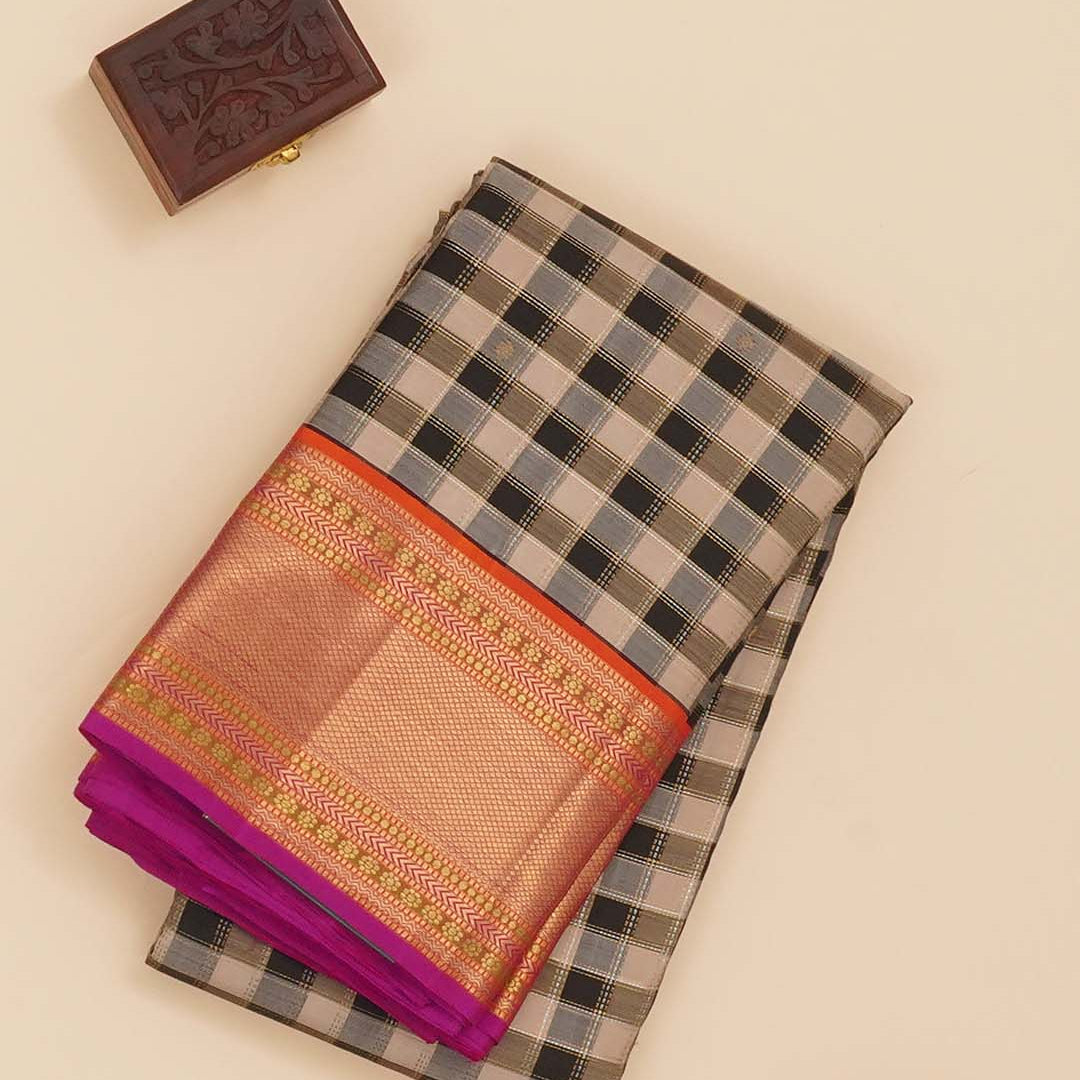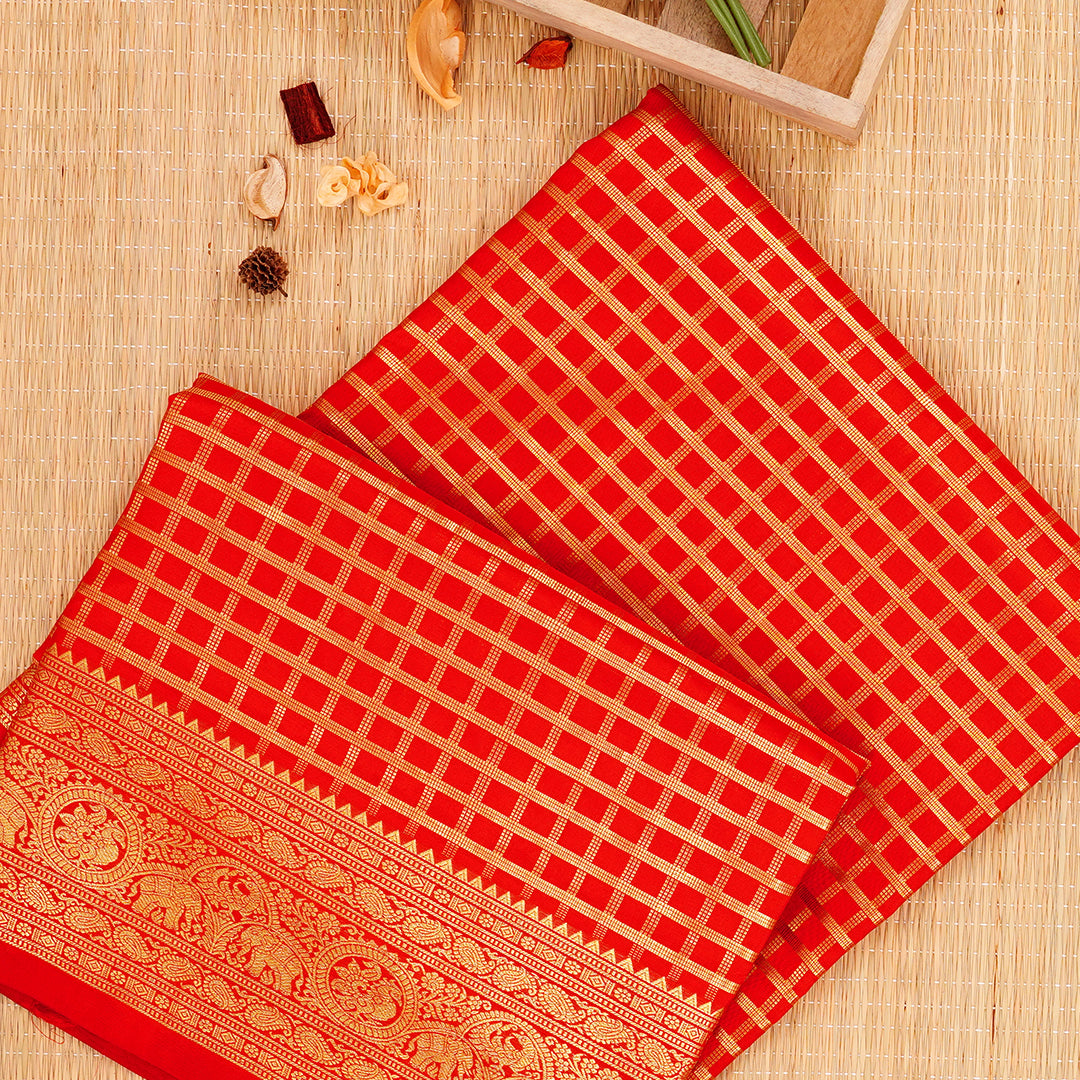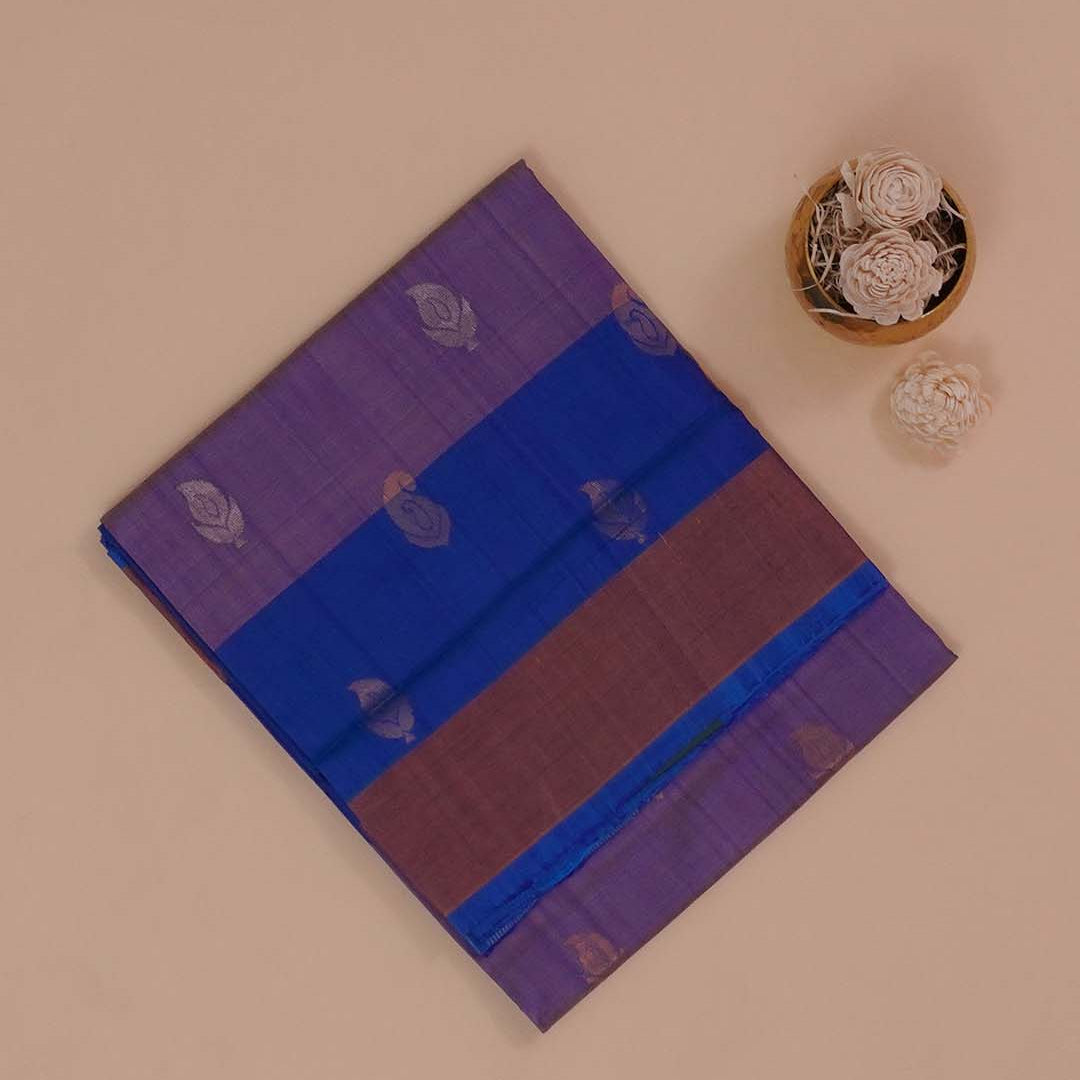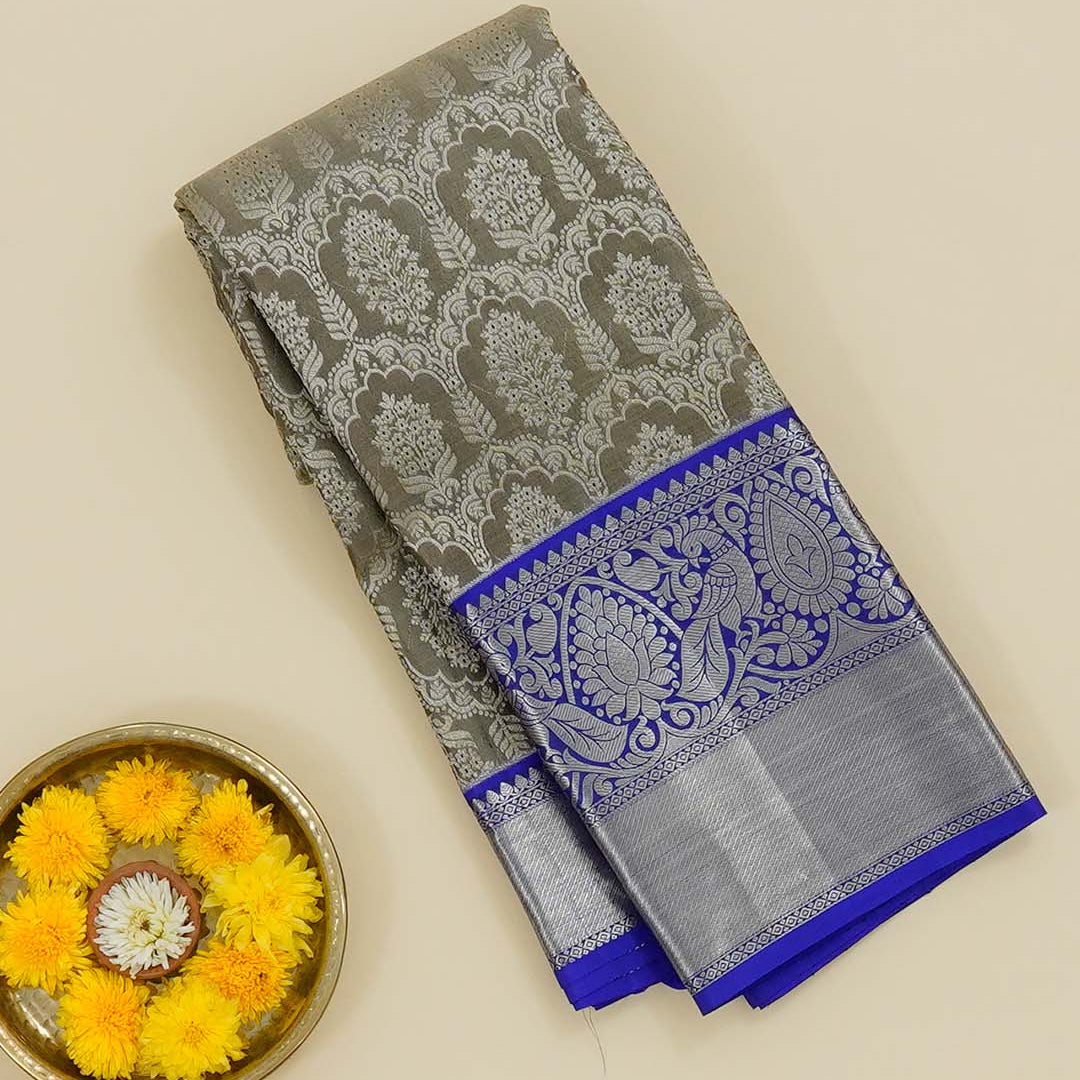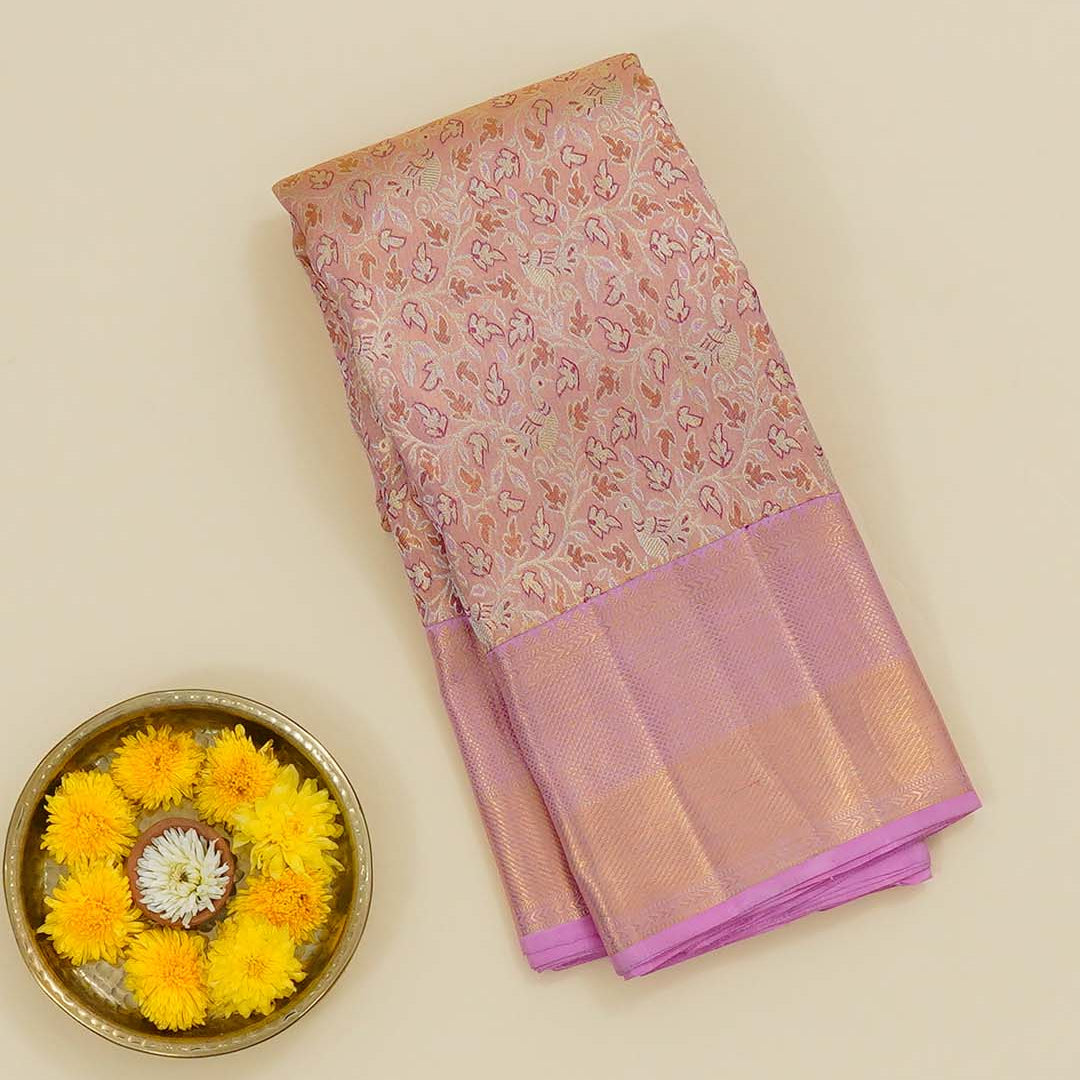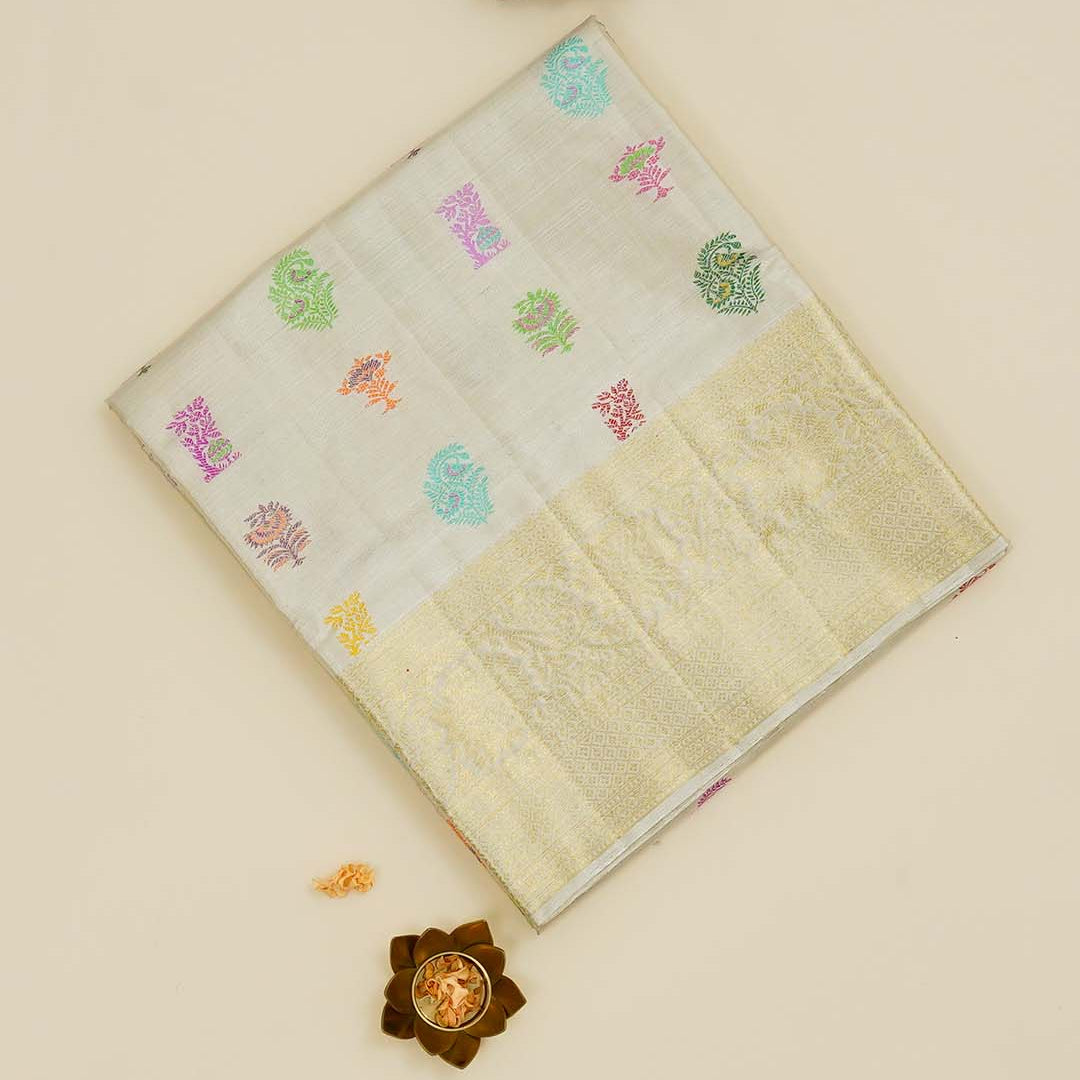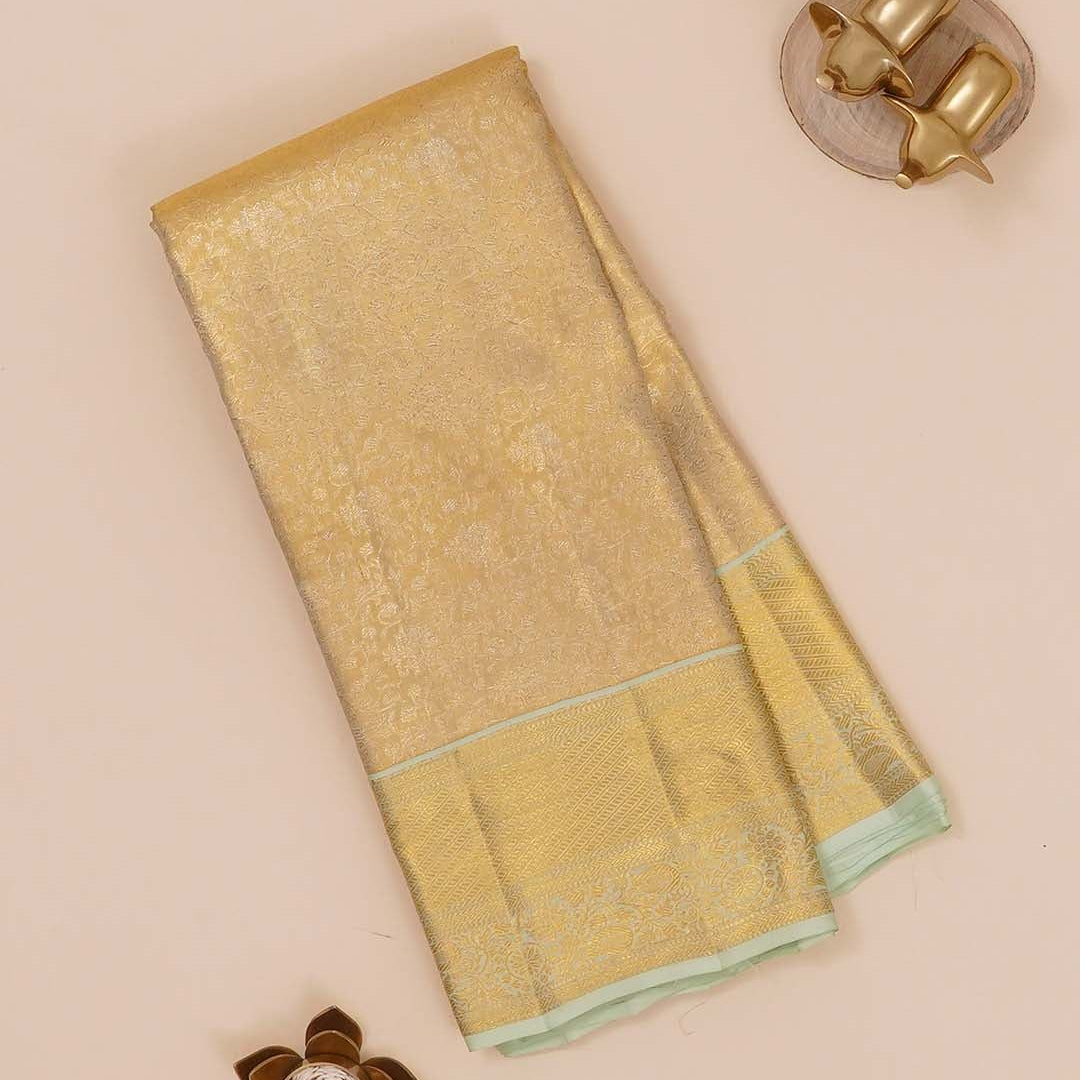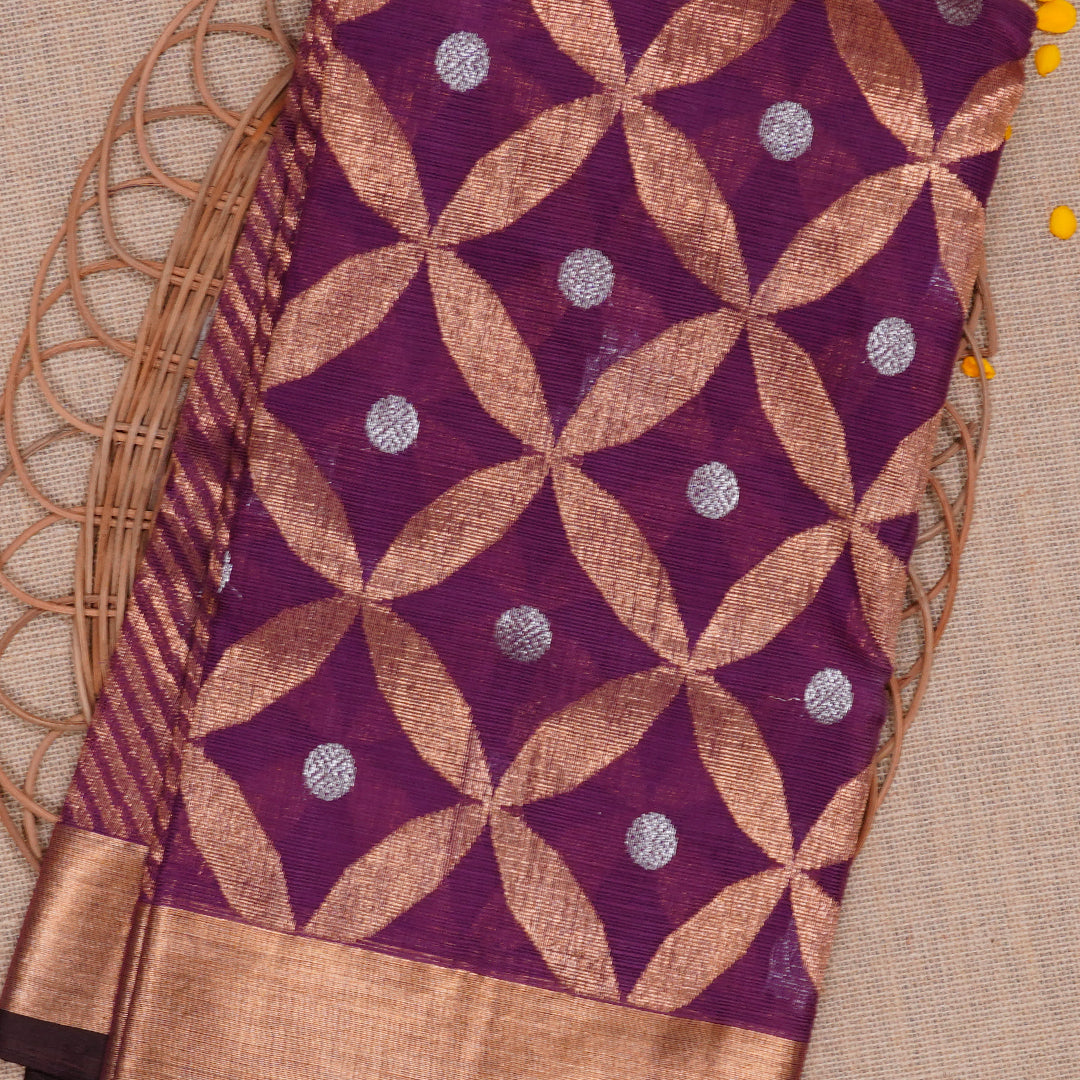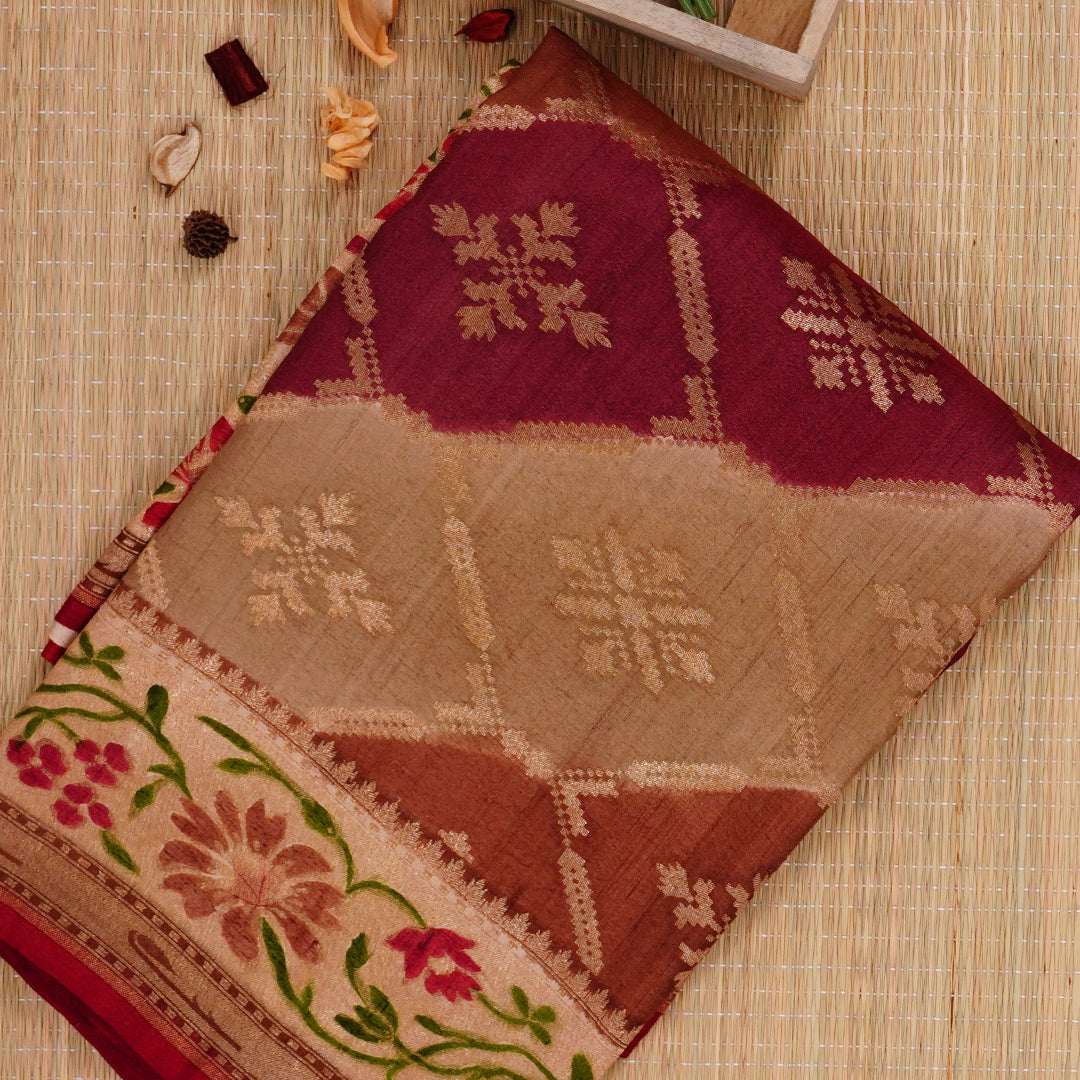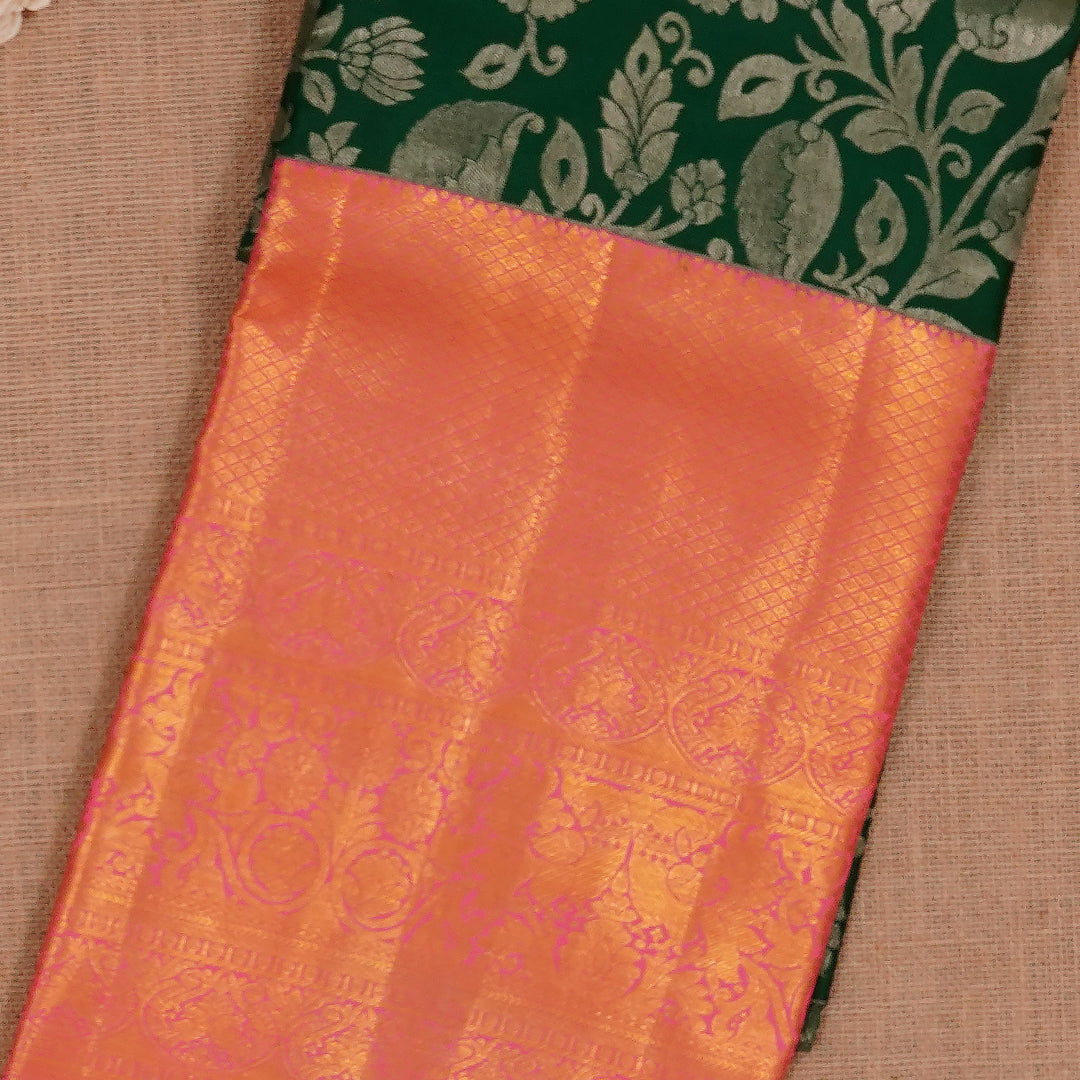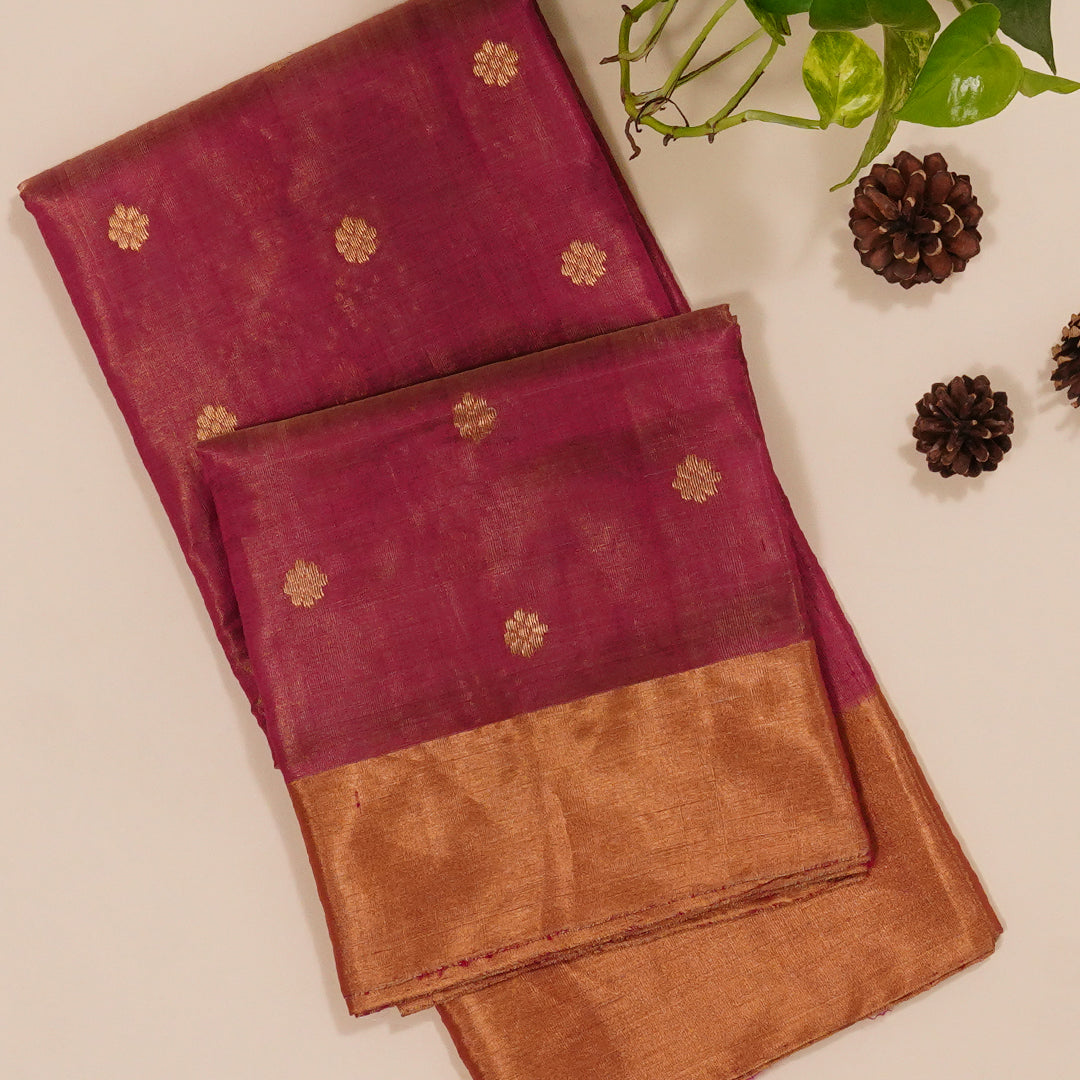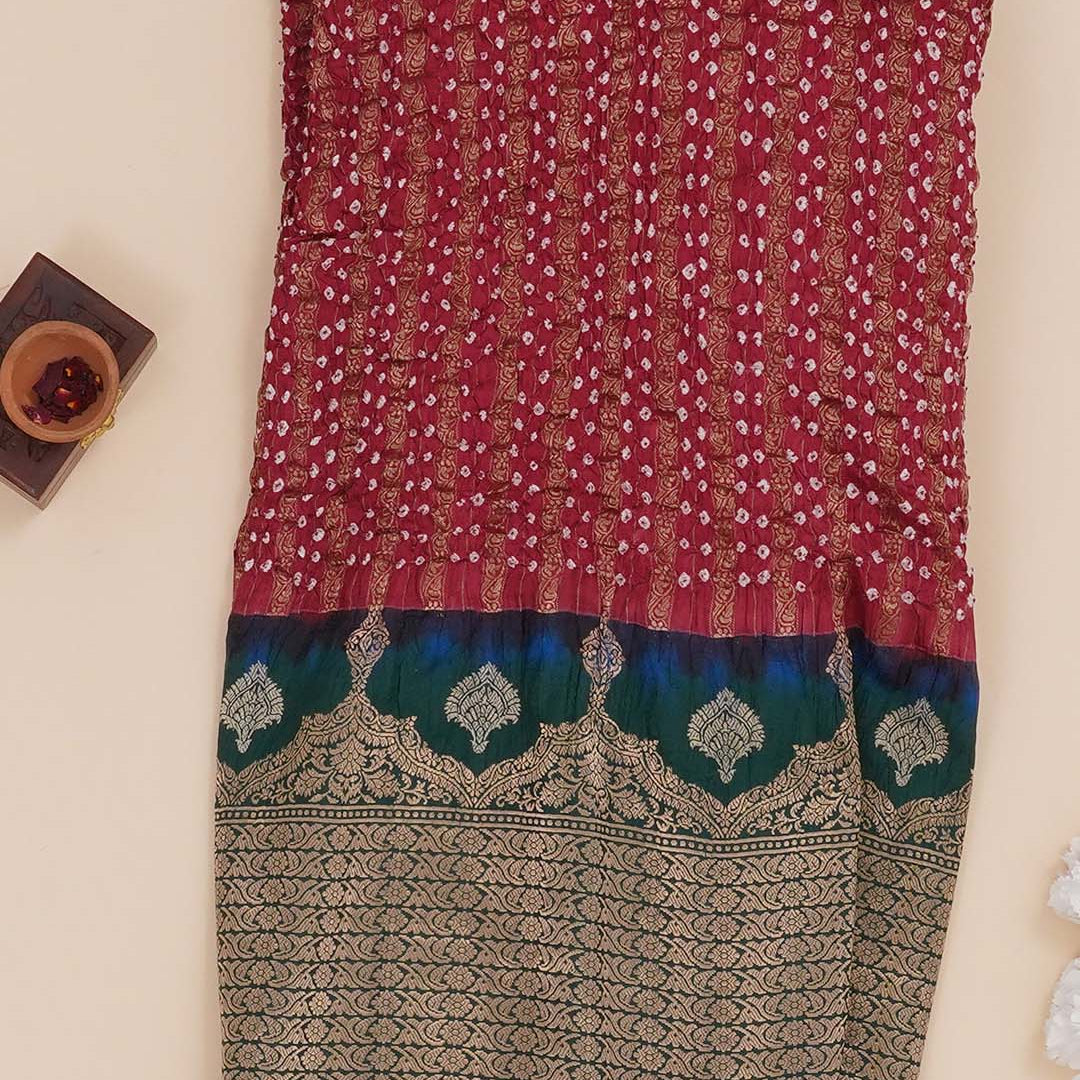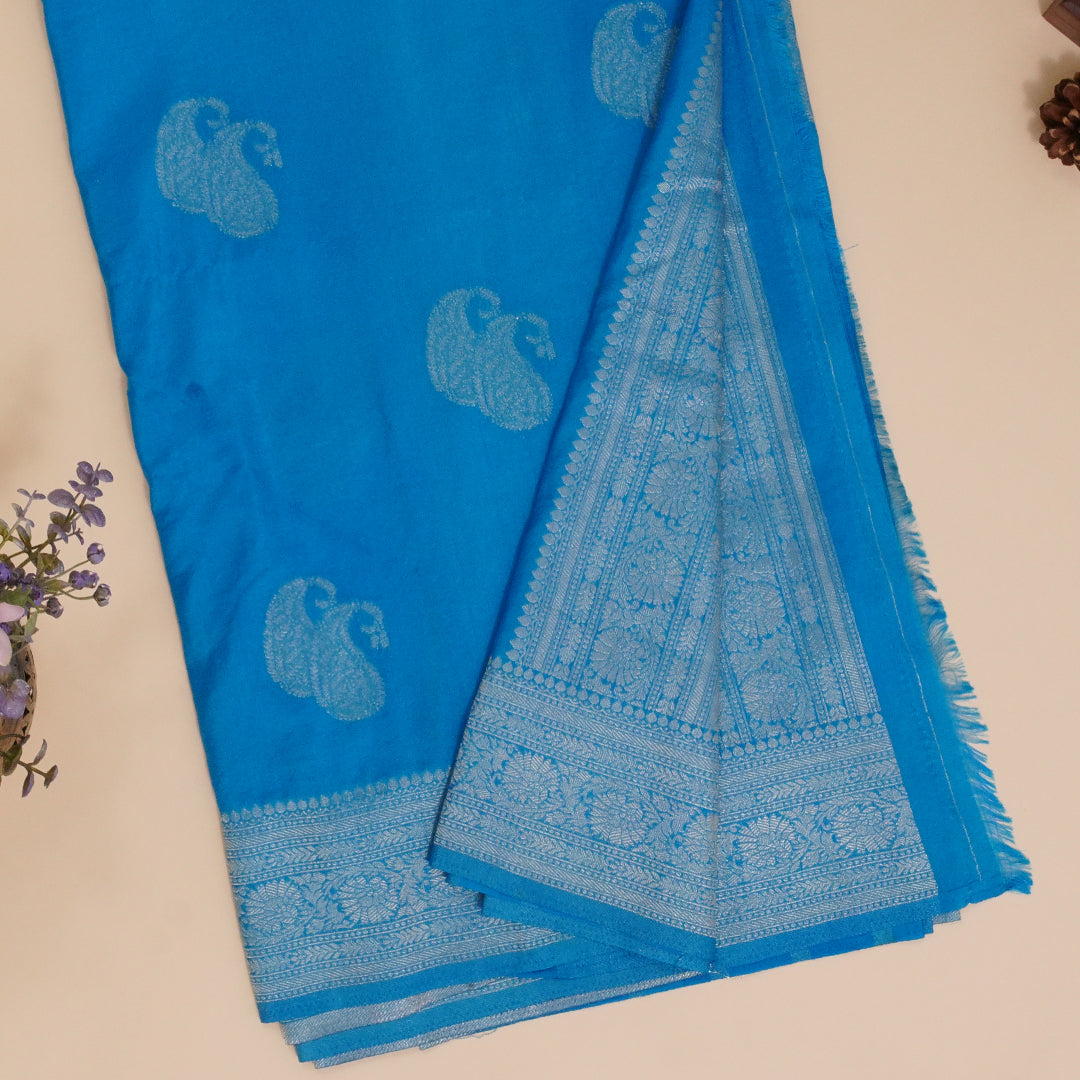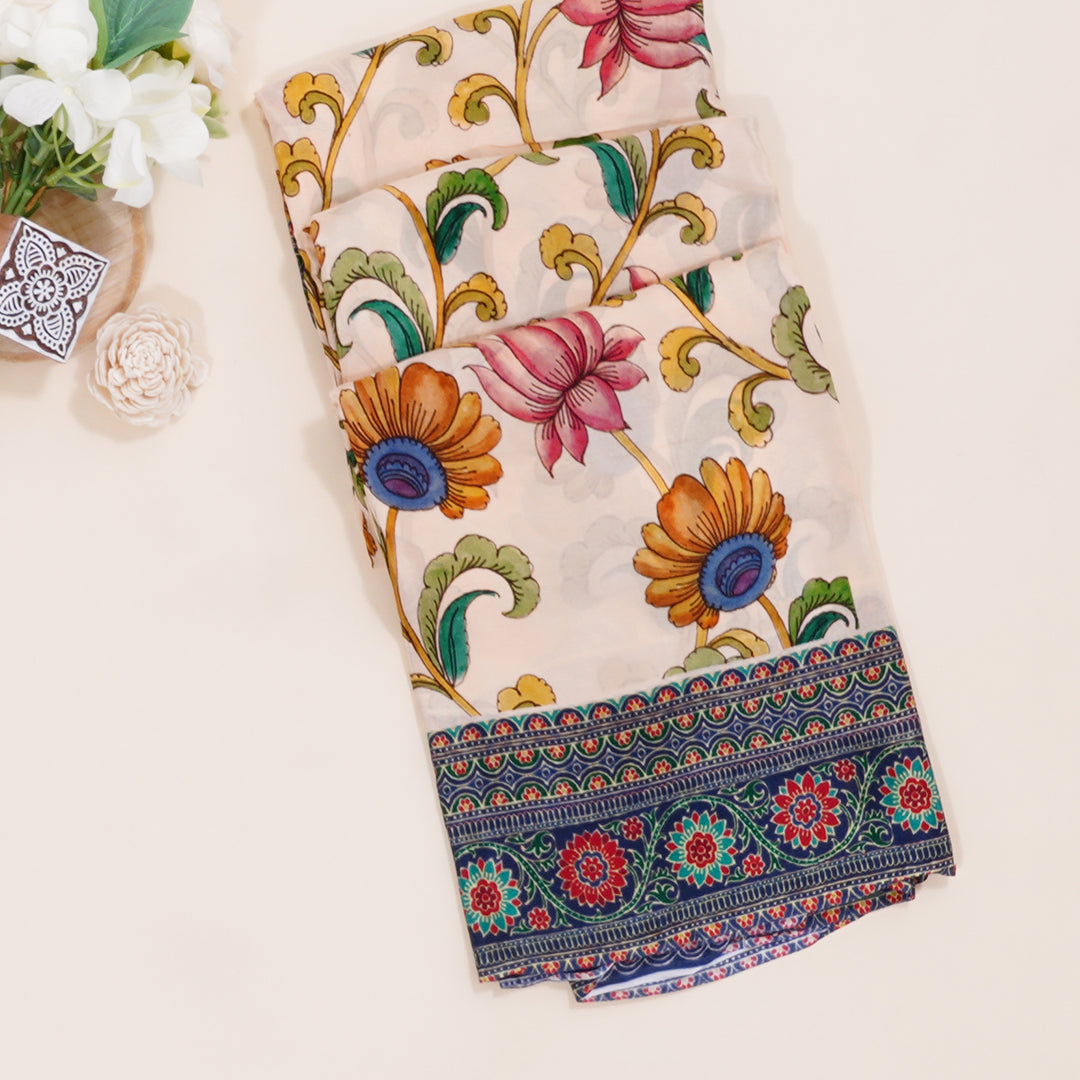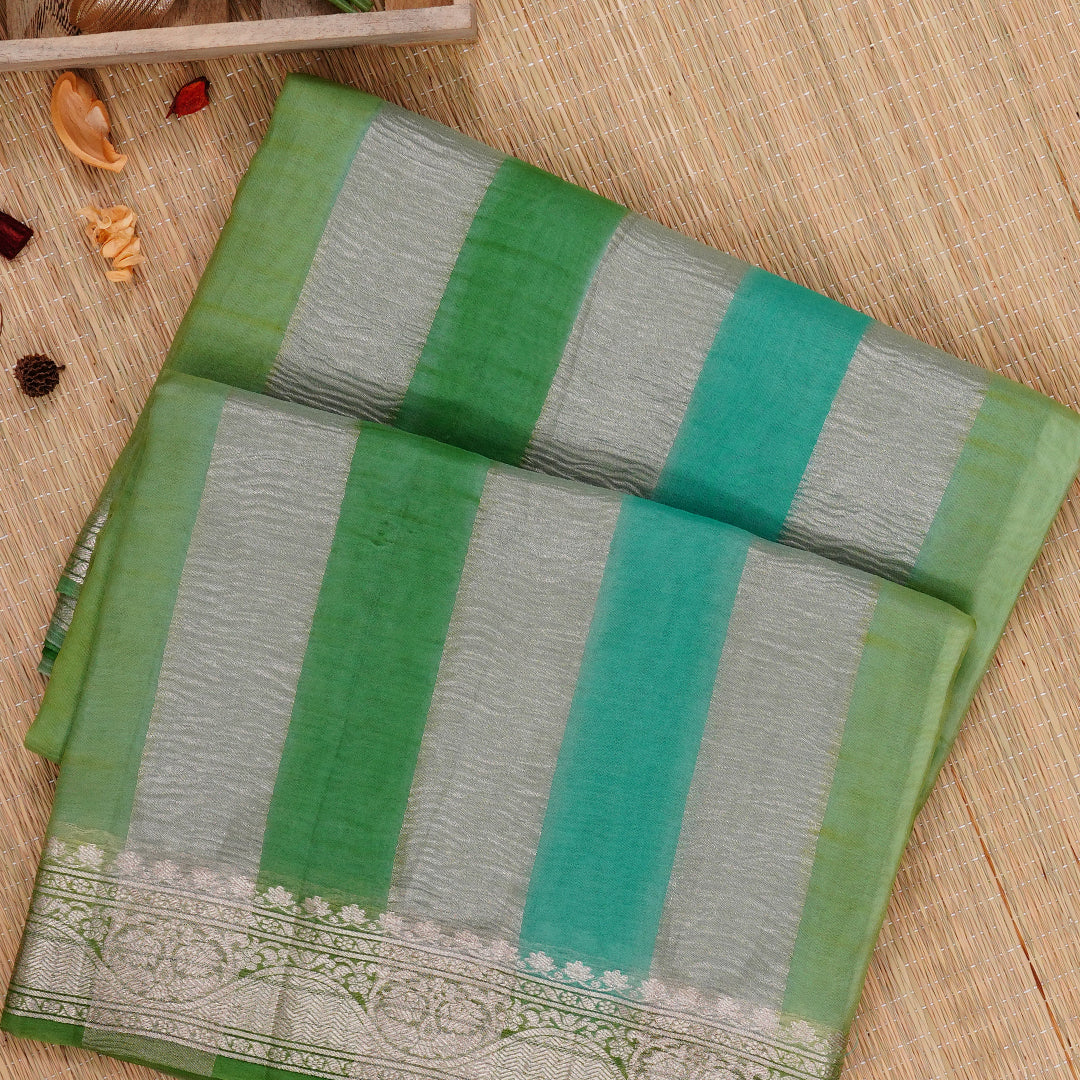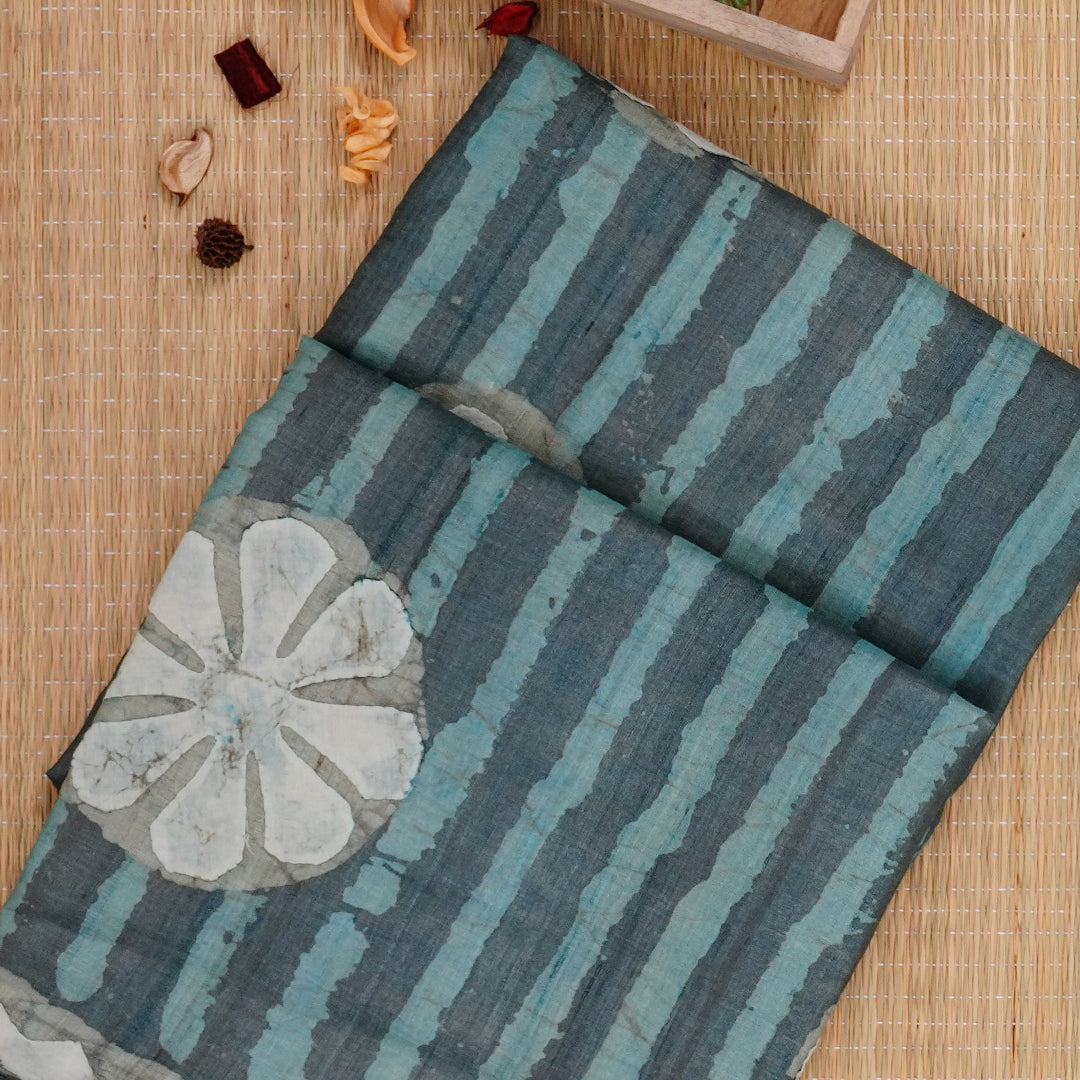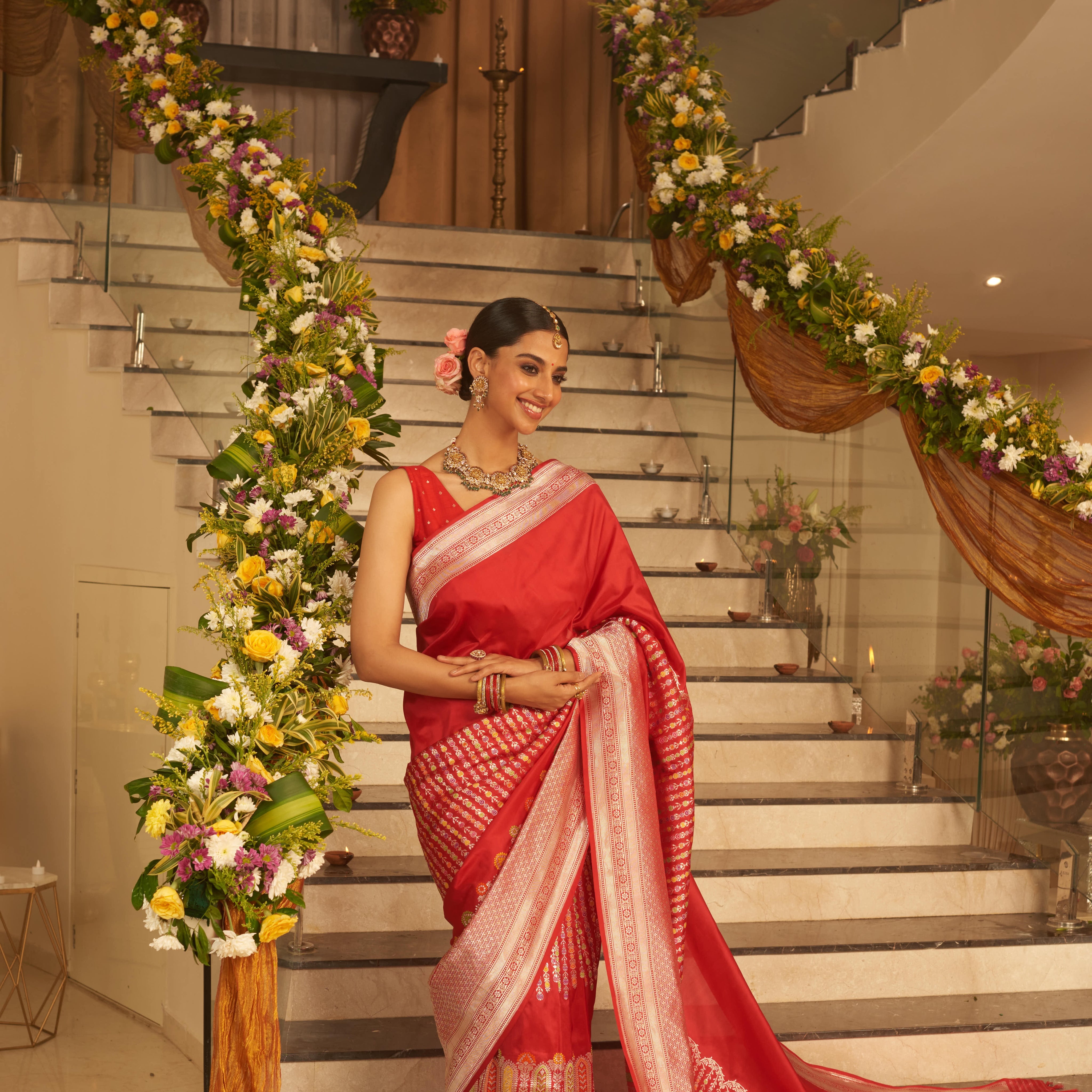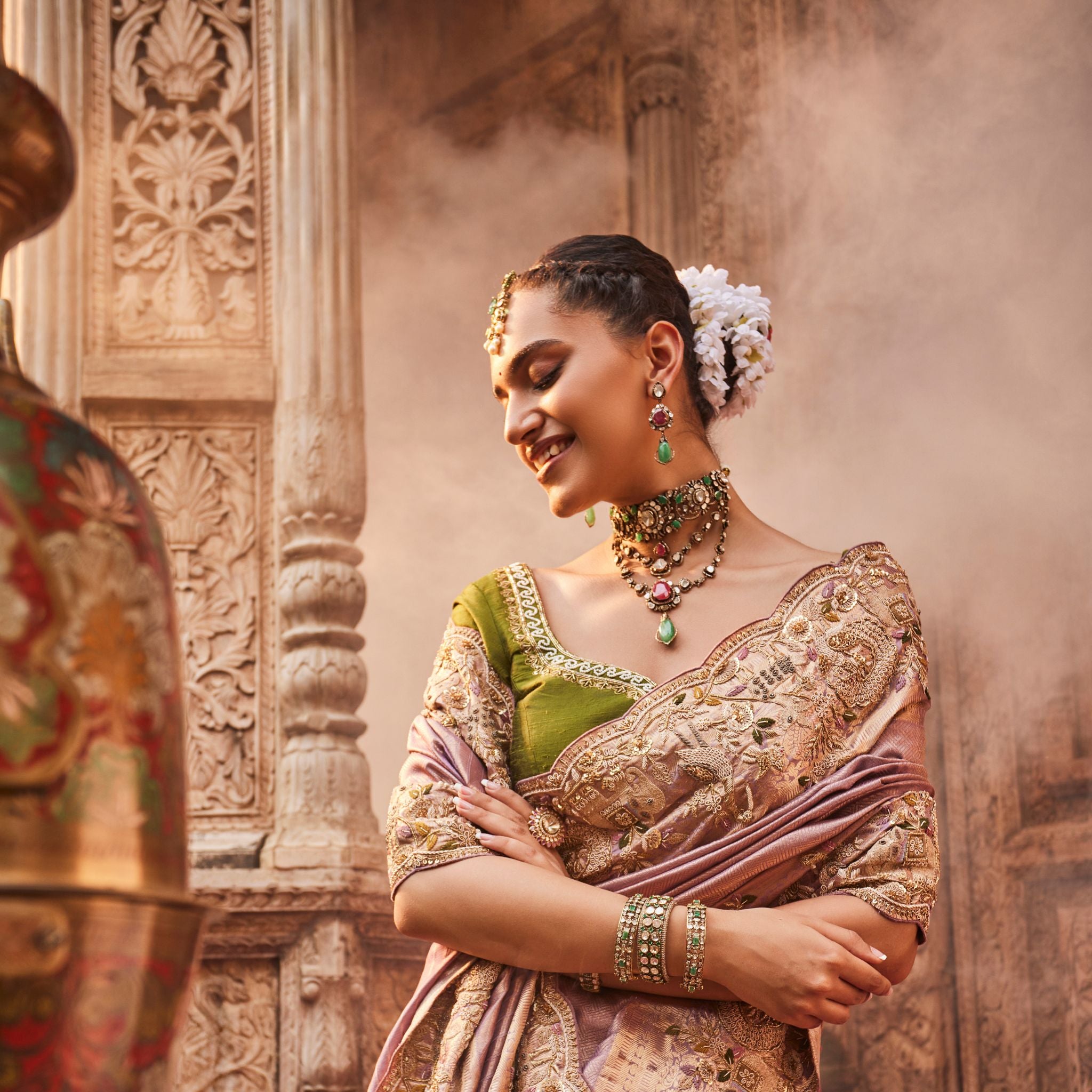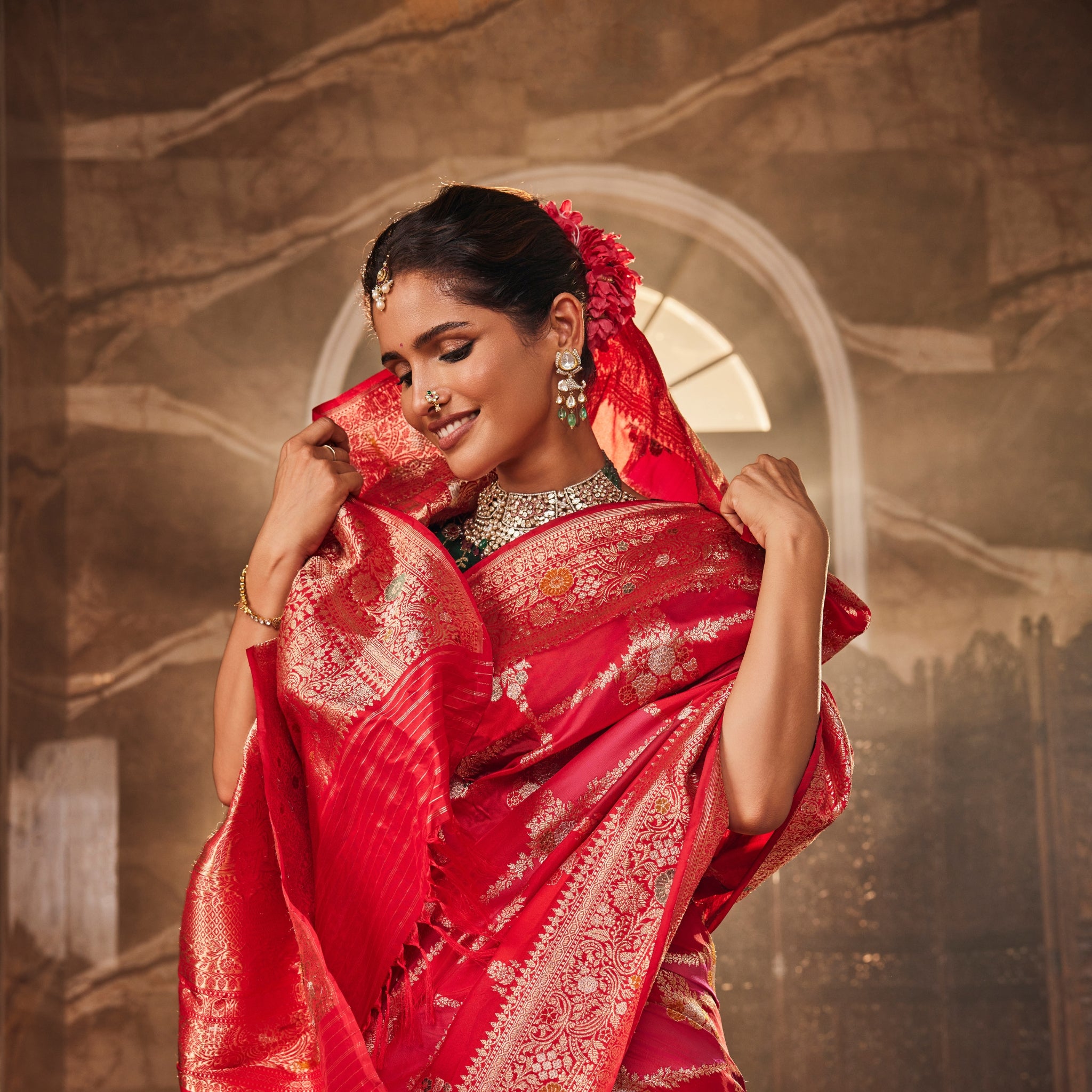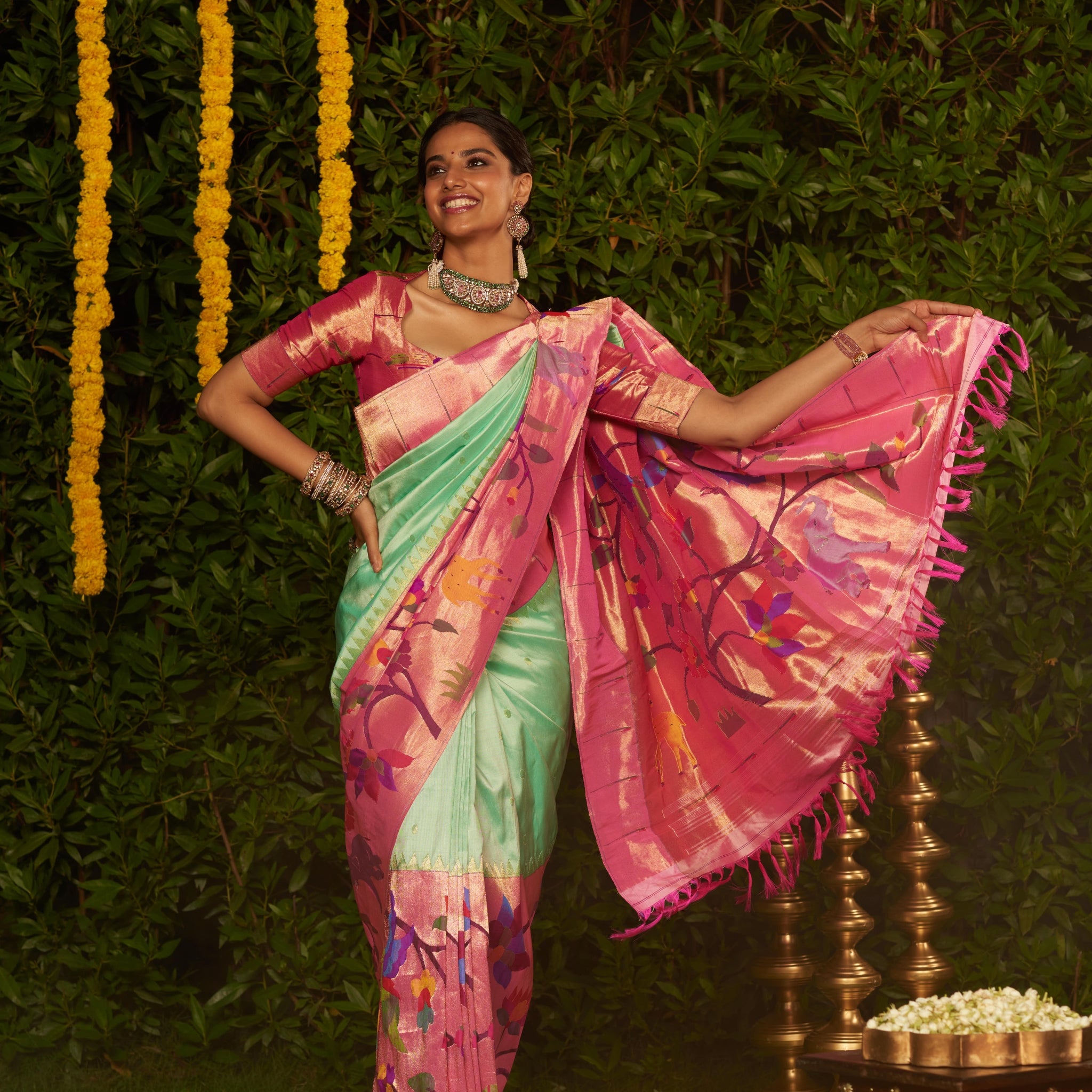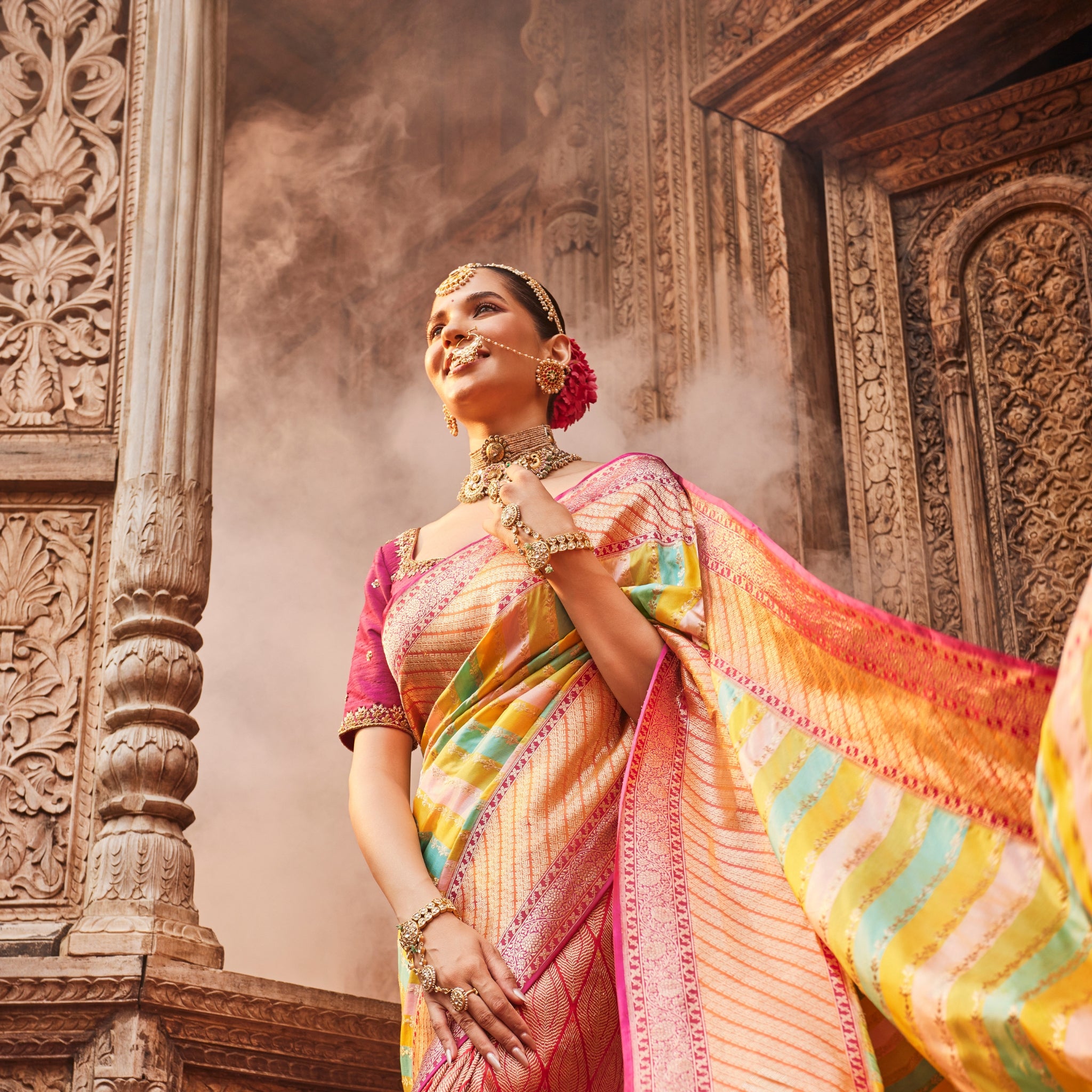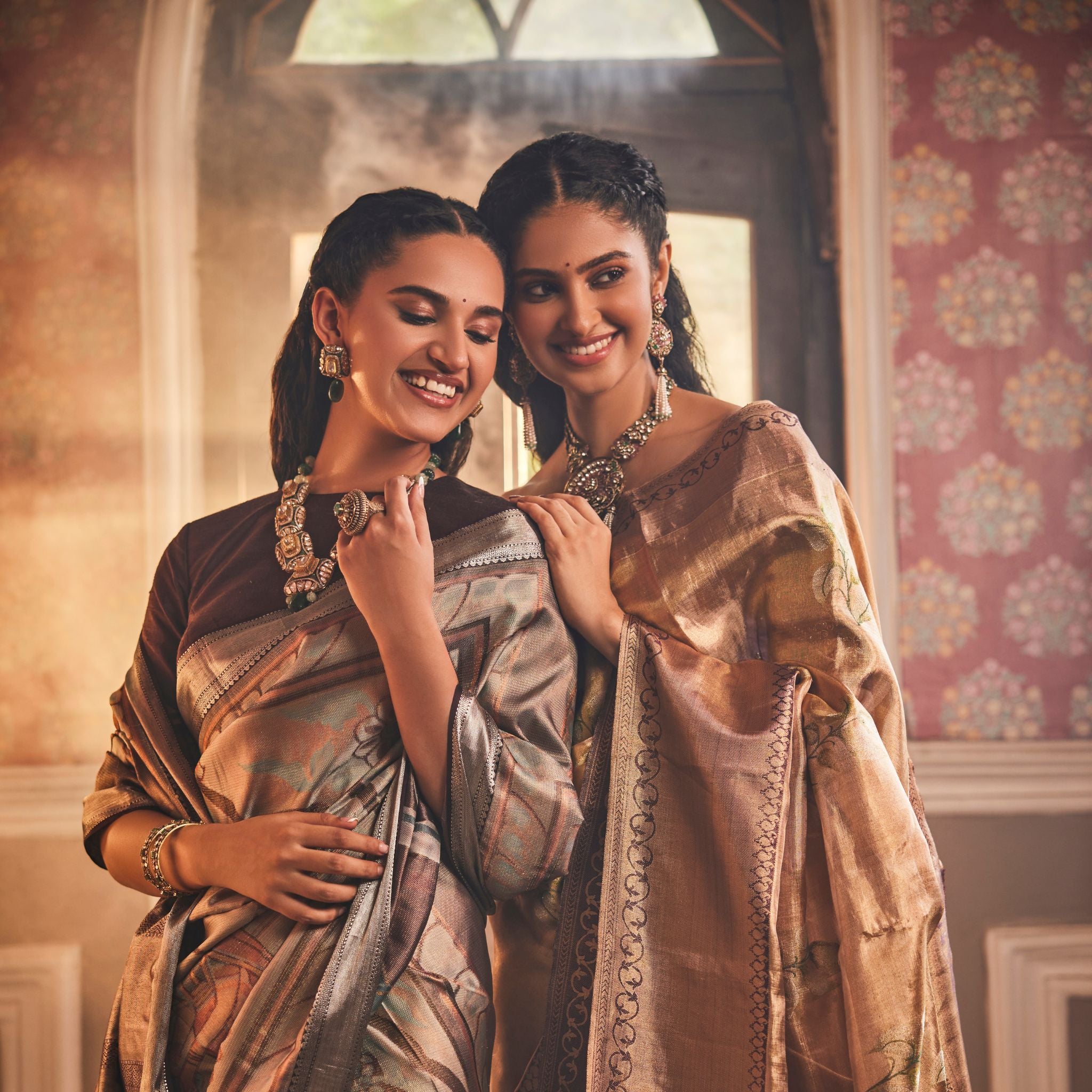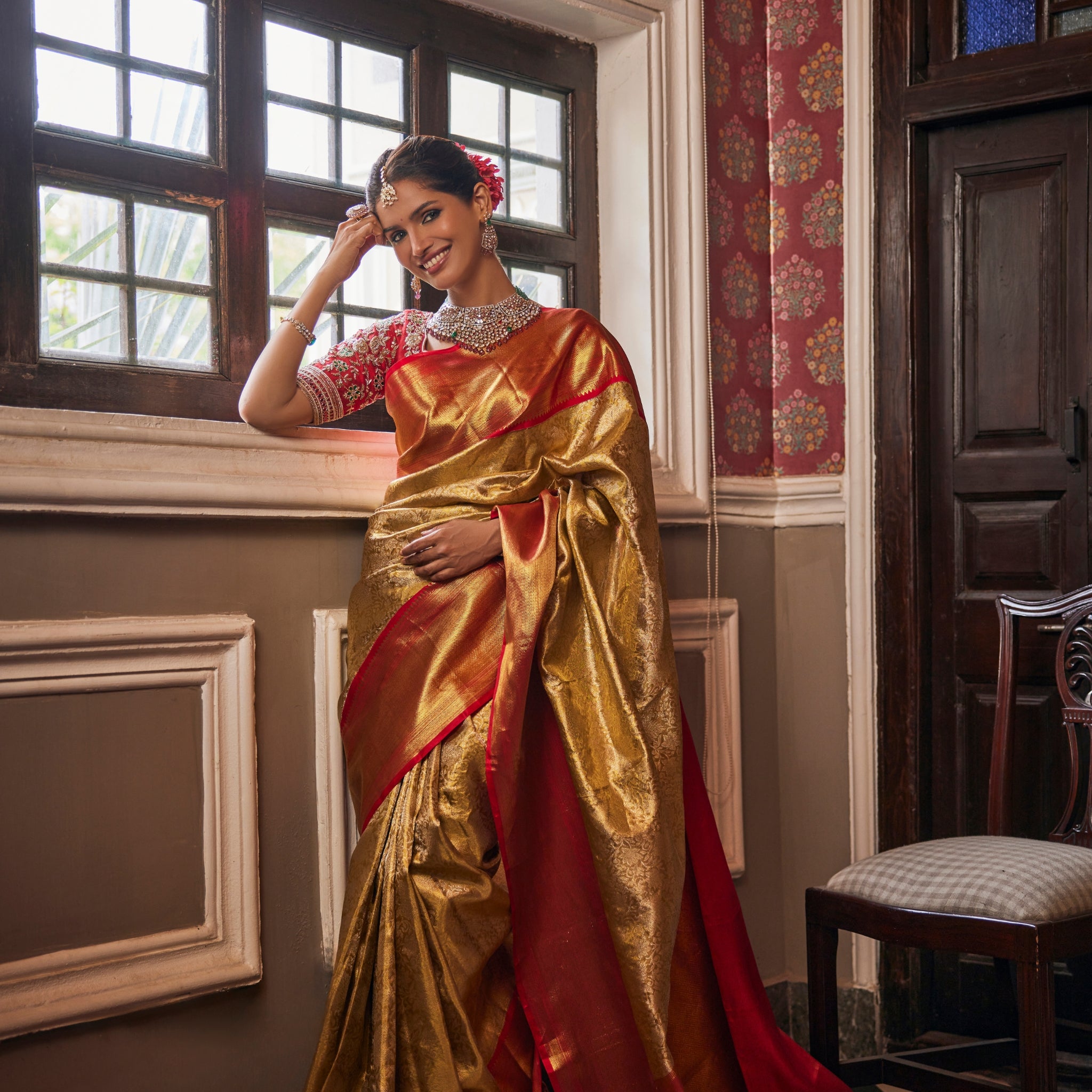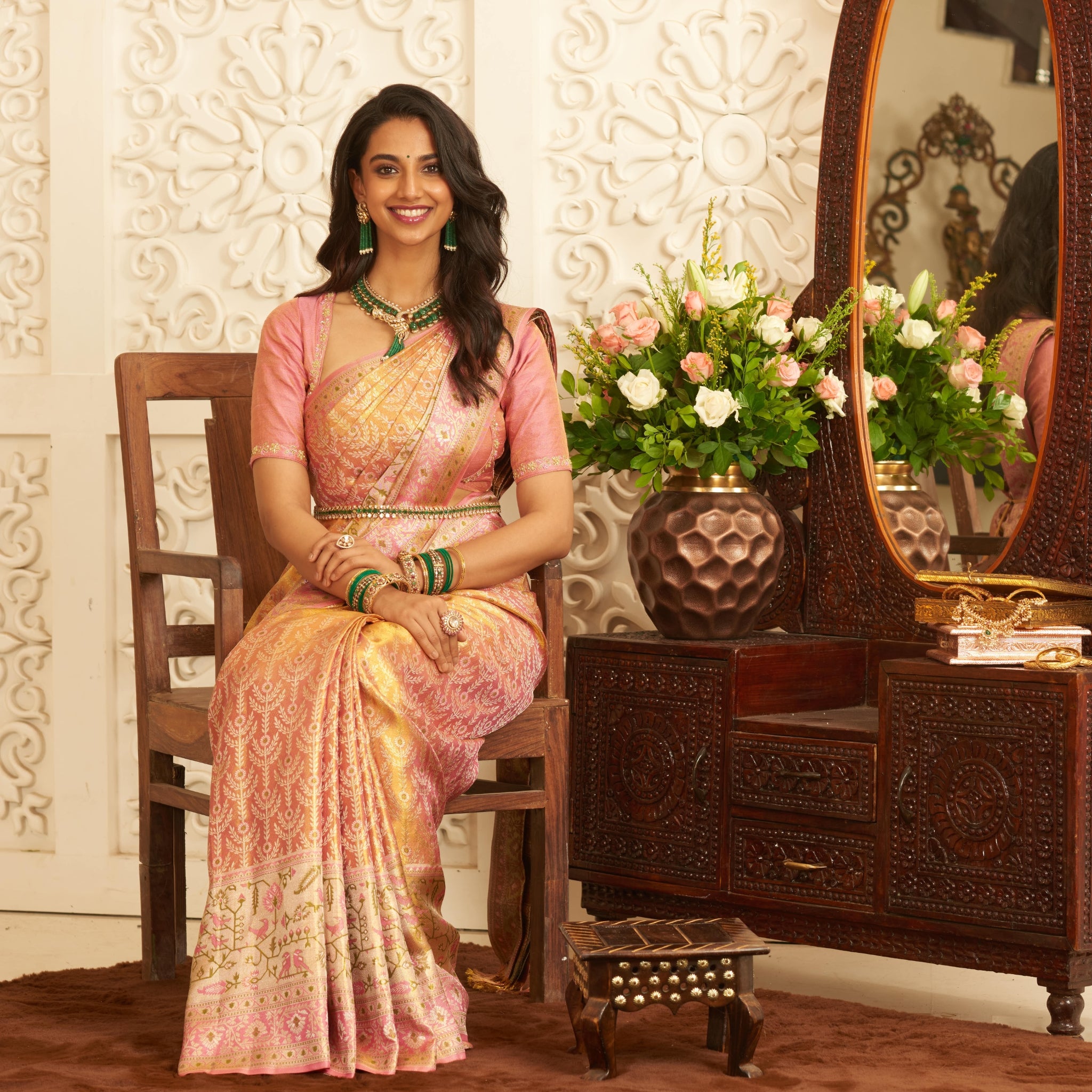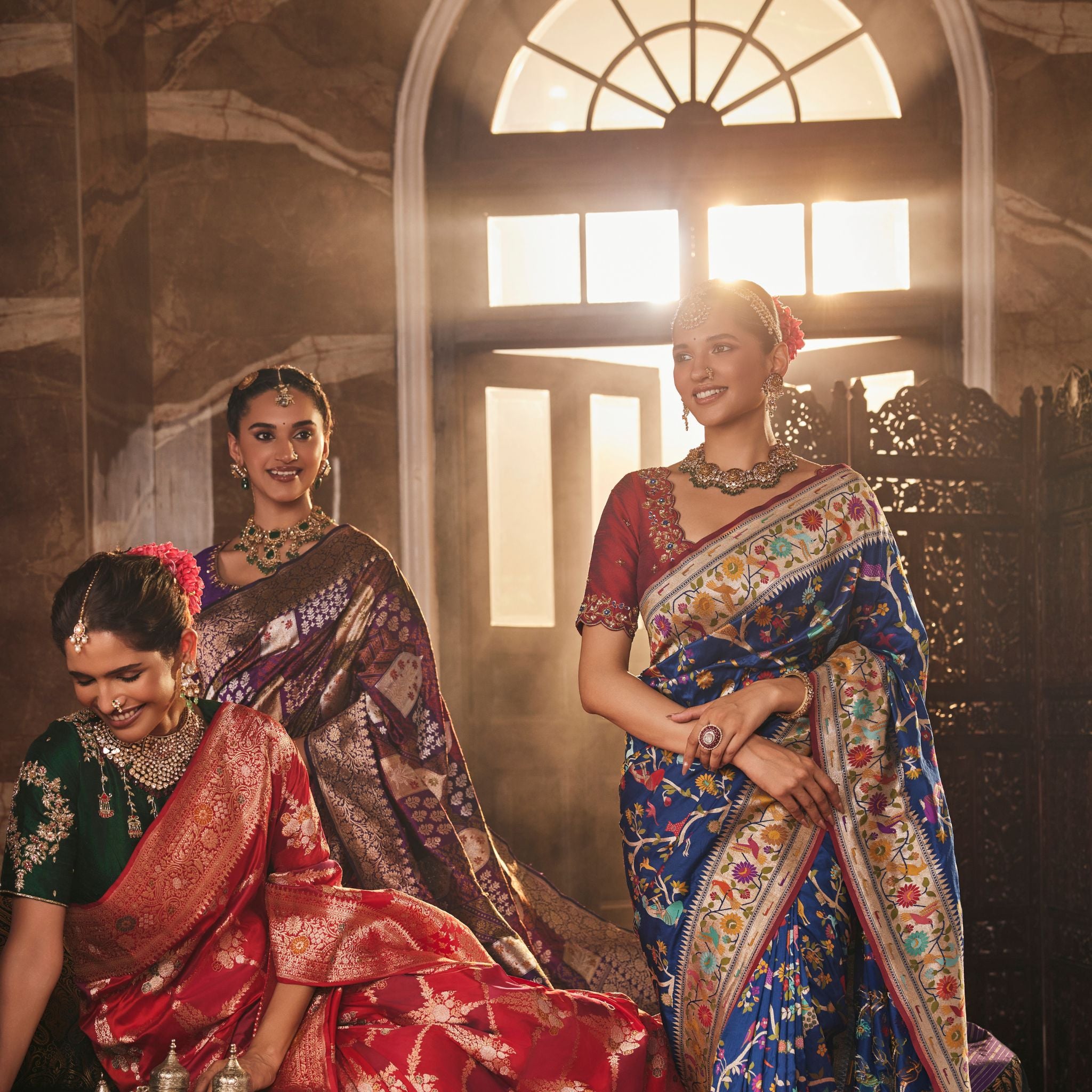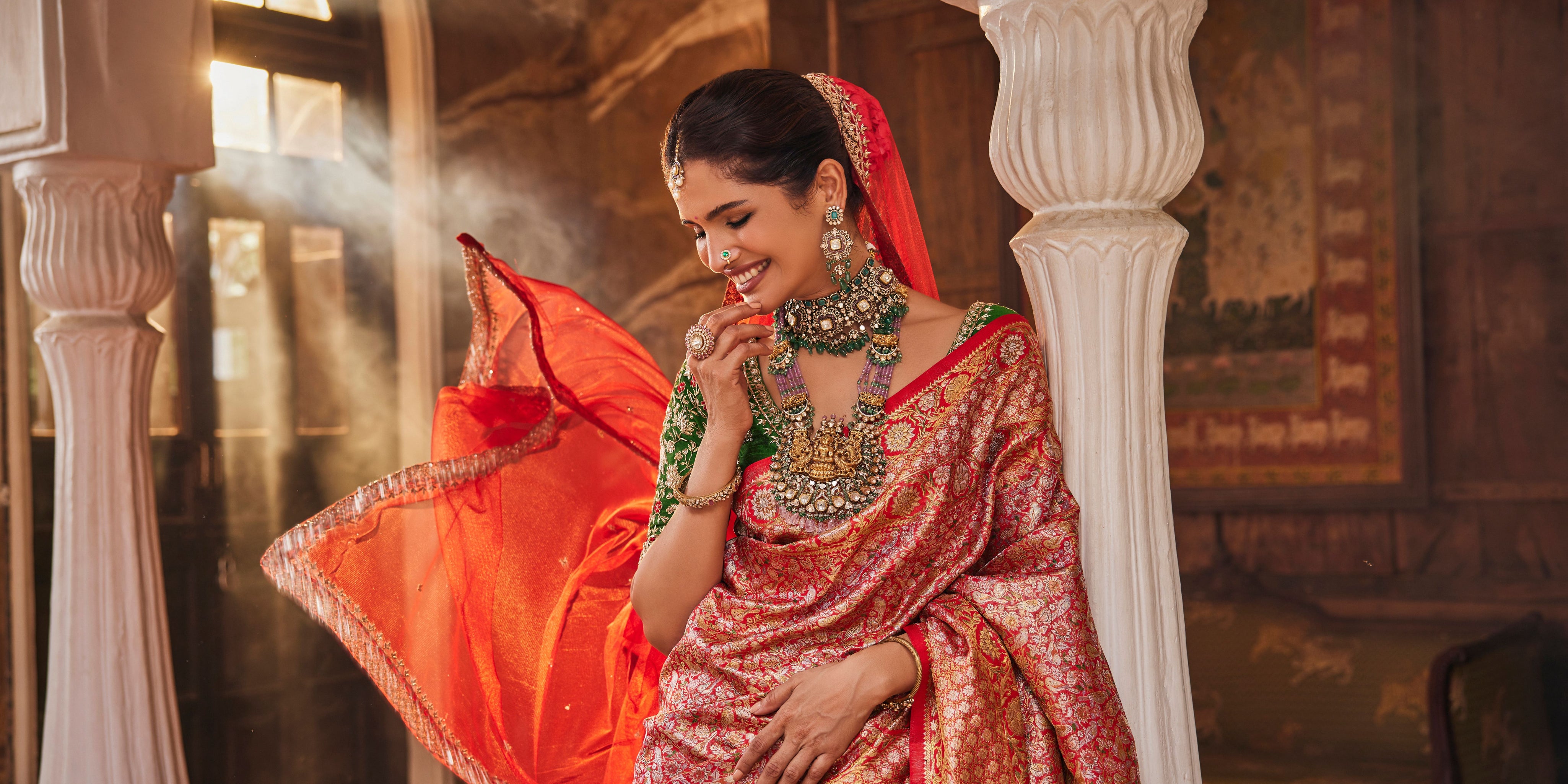Traditional sarees hold a unique place in the heart of Indian culture, revered for their elegance, charm, and deep-rooted connection to India’s heritage. For centuries, the saree has been more than just a garment; it has been a symbol of grace, femininity, and tradition. What makes traditional sarees so special is their ability to convey cultural stories through their weaves, colors, and intricate patterns.
Each region in India brings its own unique style to sarees, from the luxurious Banarasi silk sarees of Varanasi to the vibrant Kanchipuram sarees of Tamil Nadu. The Banarasi silk saree, known for its rich texture and elaborate zari work, has been the attire of royalty for ages. The Kanchipuram saree, made from pure mulberry silk, is celebrated for its durability and stunning contrast borders, often with traditional motifs of temples, flowers, and checks. These sarees are masterpieces, woven by artisans who pass down their skills from generation to generation.
Whether it’s a modern-day bride or a woman seeking timeless elegance, traditional sarees bring an aura of sophistication and grace to every occasion. The draping of a saree itself is an art form, one that accentuates the beauty and confidence of the wearer.
What’s more, traditional sarees are not just about aesthetics; they are a celebration of India’s textile legacy. Many sarees are handwoven using age-old techniques, with craftsmen spending days, sometimes months, perfecting each piece.


